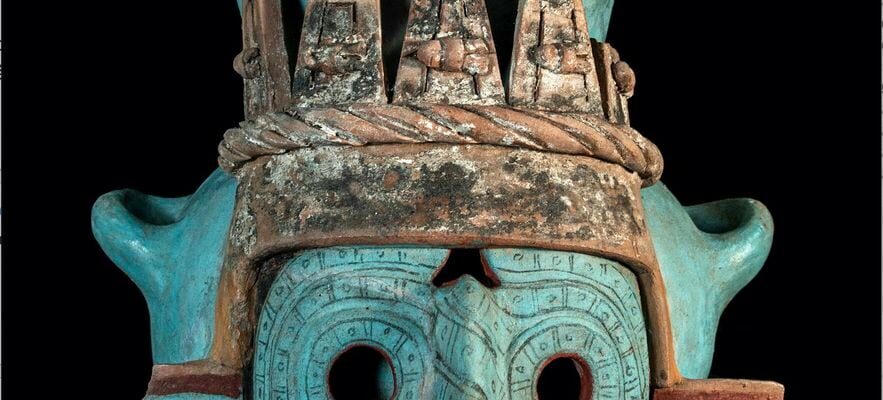Warrior eagles and hummingbirds, divine figurines, sacrificial stones… It is a shower of precious vestiges, rarely or never shown in Europe, which falls on Paris. At the Quai Branly Museum, with the complicity of the National Institute of Anthropology and History (Inah) of Mexico, we celebrate as never before the Mexica civilization, this people established in the Mexico basin from the 13th century then swept away in 1521, following the arrival of the conquistadors. What we are allowed to admire here is the fruit of forty-five years of archaeological discoveries that began on February 21, 1978, when workers from an electricity company accidentally unearthed a representation of Coyolxauhqui, the goddess of the Moon, on the Templo Mayor site.
Since then, archaeologists and researchers have continued to explore the basements of the modern city to understand life and religious rituals within Tenochtitlan, the imperial capital of the Mexica. Retracing these decades of excavations and the major finds that resulted within a large-scale exhibition constitutes an unprecedented event in our European latitudes. And it was France, with 379 pieces loaned by Mexico, which won the jackpot.
Olla Tlaloc, Museo de Sitio del Templo Mayor
/ © Mirsa Islas / Proyecto Templo Mayor, DR Secretaria de Cultura – INAH-MEX
For a long time, we only knew of the sacred enclosure of the Mexicas the past existence of a site which fell into the Spanish fold and mentioned in the writings, sometimes contradictory as to the architecture of the places, of the conquistadors Hernan Cortès and Bernar Diaz del Castillo. Surrounded by a rectangular platform measuring 340 by 260 meters, the site had a wide variety of buildings: temple-schools intended for the nobility, oratories for prayer, fasting and penance for dignitaries, pyramids topped with chapels, deposits of weapons, ablution wells, monolithic furniture dedicated to the immolation of animals or human beings. In total, between twenty and sixty buildings, according to chroniclers of the time. And a hundred deities, who have the capacity to merge and duplicate themselves, first and foremost those linked to the rhythm of the seasons – rain, wind, sun. From the first contacts between conquistadors and natives, Mesoamerican religions were demonized, images and temples destroyed, ceremonies prohibited. The fall of the Aztec empire complete, the pre-Columbian remains of Tenochtitlan were gradually covered by the new city of Mexico, viceroyalty of the Kingdom of Spain.
We will have to wait for the excavations begun four centuries later to understand the workings of Mexica culture which is far from being reduced to the bloody characteristics traditionally associated with the Aztecs in the collective European imagination. “If it is a warrior organization with imperial aims and often sacrificial rituals, the Mexica form the most complex and refined society in the Meso-American world, whose art has perhaps not been equal in the region”, underline the curators of the exhibition.
Among the most striking discoveries displayed at Quai Branly are 209 offerings buried in the Templo Mayor and under the surrounding squares. Preserved in chests, cut stone boxes or within the architectural core, these gifts that the Mexicas intended for their most revered gods contain minerals, plants, marine animals or human remains – including those of foreign warriors captured who, killed by ablation of the heart, are offered to the Sun to perpetuate its cyclical movement. The symbolic diversity of the objects testifies as much to artistic virtuosity as to the richness of a civilization which has perhaps not yet revealed all its secrets.
.
